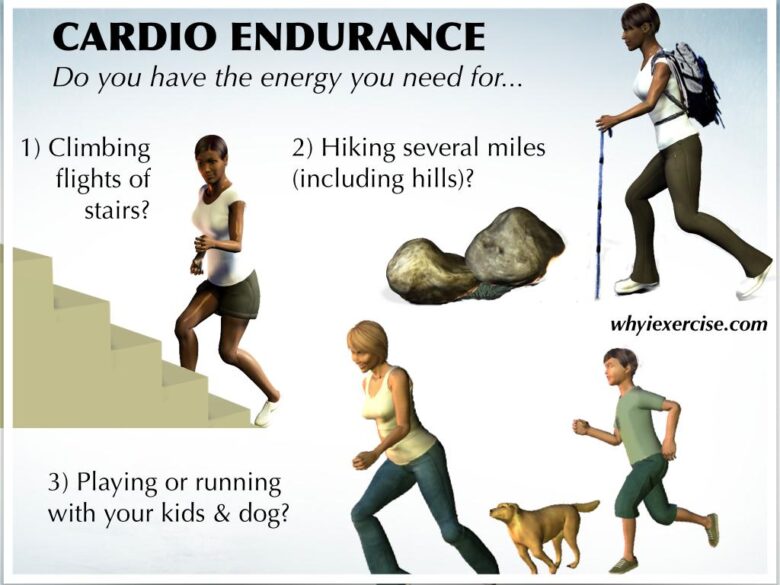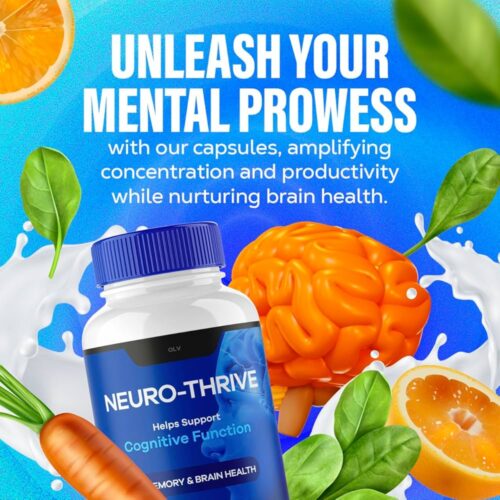In the realm of human performance, the quest for enhanced physical endurance is a journey as old as time. From the ancient warriors who sought the favor of the gods to contemporary athletes pushing the limits of human capability, the desire to transcend physical boundaries has always driven innovation and exploration. Among the myriad approaches to boosting endurance, testosterone therapy has emerged as a focal point of discussion—a controversial yet increasingly relevant topic in sports science and medicine. As we delve into the intricacies of testosterone therapy, we will explore its role in elevating endurance levels, the biological mechanisms at play, and the debates surrounding its efficacy and ethics. By examining the balance between potential benefits and risks, this article aims to shed light on whether testosterone therapy might be the key to unlocking new frontiers in physical endurance for athletes and fitness enthusiasts alike.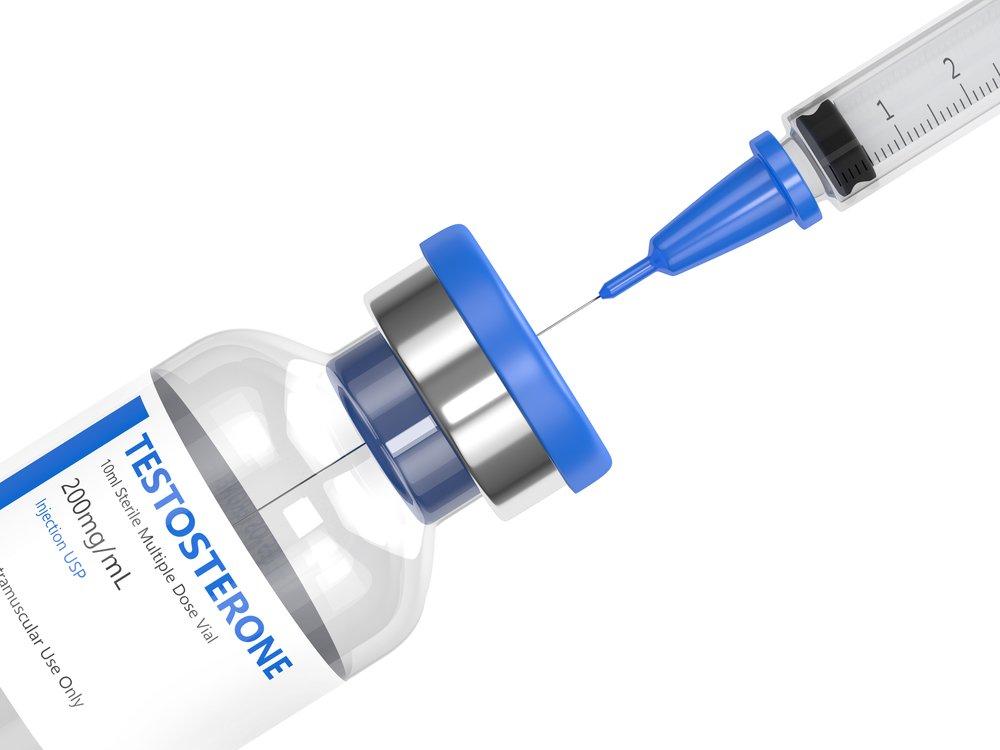
Exploring the Connection Between Testosterone and Physical Endurance
Understanding the relationship between testosterone and physical endurance involves recognizing how this vital hormone influences various physiological processes. Testosterone plays a key role in increasing muscle mass, enhancing strength, and promoting optimal fat distribution, all of which contribute to improved performance during physical activities. By boosting red blood cell production, testosterone helps improve oxygen delivery to muscles, which can significantly enhance endurance during prolonged exercise. The connection is not merely anecdotal; numerous studies have demonstrated that athletes with higher testosterone levels often exhibit superior endurance capabilities.
Additionally, effective testosterone therapy can help individuals experiencing low levels regain the robust energy and motivation necessary for sustained physical activity. This therapy typically results in enhanced recovery times and decreased levels of fatigue, allowing for more intense workout sessions and increased training volume. Key benefits of testosterone therapy for endurance enthusiasts include:
- Improved muscle mass: Facilitates greater strength and power.
- Enhanced fat metabolism: Supports more efficient energy use during workouts.
- Better recovery: Reduces downtime between training sessions.
Below is a brief overview of testosterone therapy outcomes among different age groups:
| Age Group | Average Testosterone Level (ng/dL) | Endurance Improvement (%) |
|---|---|---|
| 18-30 | 600-800 | 5-10 |
| 31-40 | 500-700 | 7-12 |
| 41+ | 300-600 | 10-15 |
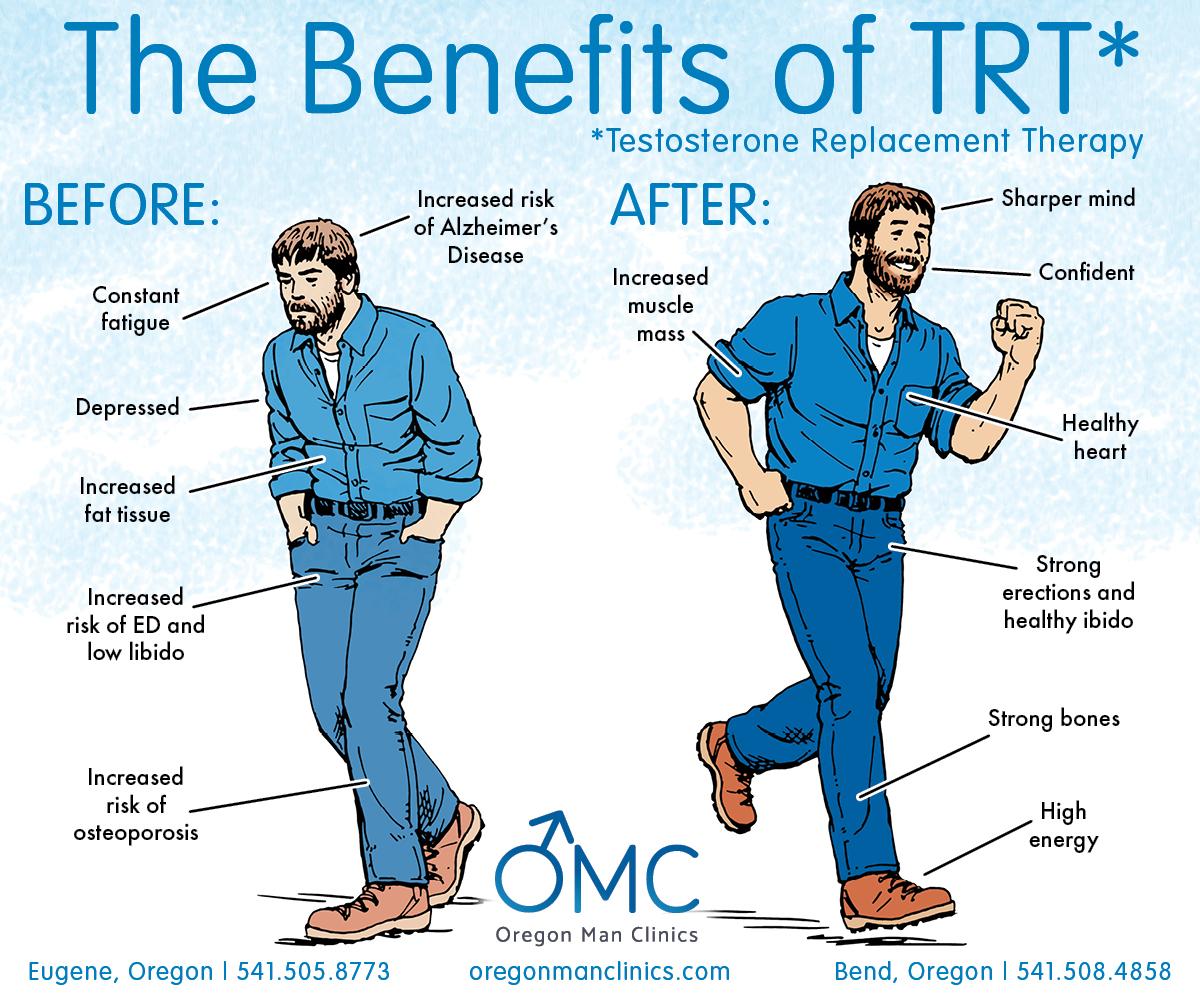
Unveiling the Benefits of Testosterone Therapy for Athletes
The integration of testosterone therapy into an athlete’s regimen can lead to significant enhancements in both physical performance and recovery processes. By optimizing testosterone levels, athletes can experience improved muscle mass, increased strength, and enhanced endurance, all of which contribute to superior athletic performance. The following benefits specifically point out how testosterone therapy can serve as a game changer for those competing in high-stakes sports:
- Enhanced Recovery: Faster muscle recovery diminishes downtime, allowing athletes to train harder and more frequently.
- Increased Energy Levels: Boosts stamina and reduces fatigue, which is crucial during intense training sessions or competitions.
- Improved Mental Focus: Greater cognitive clarity and focus can lead to better decision-making during critical moments in competition.
- Boosted Motivation: Higher testosterone levels can enhance overall mood and motivation, leading to more productive training sessions.
Moreover, the physiological effects of testosterone extend beyond just performance. It plays a significant role in bone density, fat distribution, and overall health metrics, which are essential aspects for athletes aiming for longevity in their careers. To better understand how testosterone therapy benefits athletes, consider the following table that summarizes key physiological effects:
| Physiological Effect | Impact on Athletic Performance |
|---|---|
| Muscle Growth | Increased power output and strength |
| Fat Reduction | Improved power-to-weight ratio |
| Bone Density | Reduced risk of injury |
| Improved Mood | Enhanced resilience under pressure |
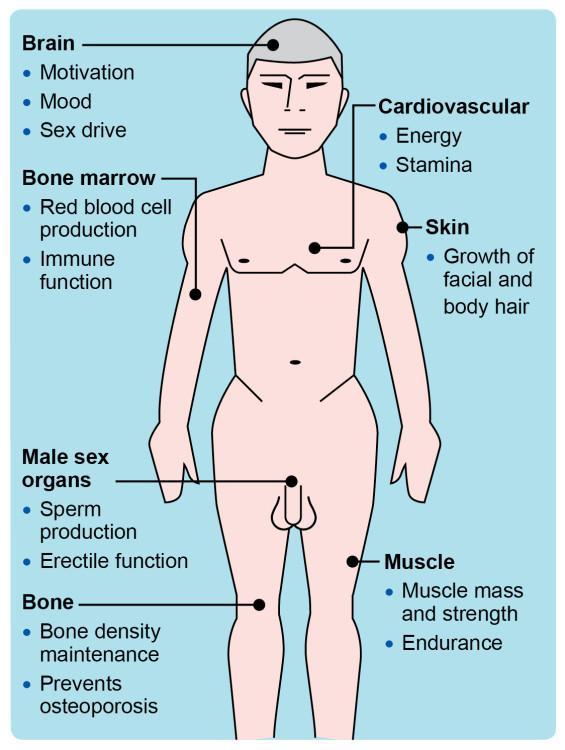
Understanding the Mechanisms of Testosterone in Energy Production
Testosterone plays a pivotal role in enhancing energy production at the cellular level. This androgen hormone influences various biochemical pathways that impact muscle metabolism and endurance. When testosterone levels are optimal, the result is an increased capacity for ATP (adenosine triphosphate) synthesis, the primary energy carrier in cells. The enhanced muscle efficiency stems from the hormone’s ability to promote mitochondrial biogenesis and improve the muscle’s oxidative capacity. This translates to better performance during physical activities, as elevated testosterone levels can enhance not only strength but also recovery and stamina.
The relationship between testosterone and energy production also extends to how this hormone interacts with other metabolic hormones such as insulin and growth hormone. With testosterone enhancing insulin sensitivity, the body can use glucose more efficiently, optimizing its fuel source during prolonged exertion. Additionally, the elevation in growth hormone levels can further boost energy metabolism. Understanding these intricate mechanisms allows athletes and individuals undergoing therapy to harness the potential of testosterone for peak physical endurance. The following table illustrates key hormonal interactions that support energy production:
| Hormone | Function | Effect on Energy Production |
|---|---|---|
| Testosterone | Enhances protein synthesis and muscle repair | Increases aerobic and anaerobic endurance |
| Insulin | Regulates blood sugar levels | Improves glucose uptake for energy |
| Growth Hormone | Stimulates growth and cell reproduction | Supports fat metabolism for energy |
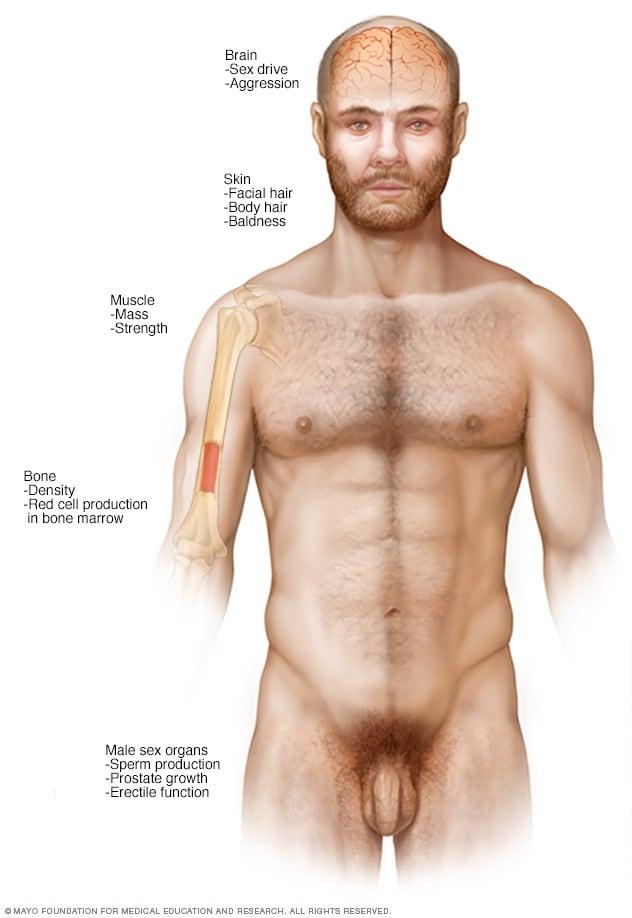
Evaluating the Risks and Side Effects of Testosterone Replacement
When considering testosterone replacement therapy (TRT), it’s crucial to understand the potential risks and side effects associated with its use. Although many individuals experience heightened endurance and performance improvement, the therapy can lead to various health issues. Some common side effects include:
- Acne and oily skin: Increased oil production can lead to skin issues.
- Mood swings: Testosterone levels can influence mood, causing irritability.
- Sleep apnea: There is a possibility of exacerbating this condition.
- Increased red blood cell count: This can lead to thicker blood, raising the risk of clotting.
In addition to these effects, long-term use of testosterone can increase the risk of more serious health complications. For instance, cardiovascular issues have been noted in some studies. Below is a brief overview of potential long-term risks:
| Risk Category | Details |
|---|---|
| Heart Health | Possible increased risk of heart attack or stroke. |
| Hormonal Imbalance | Potential for elevated estrogen levels, leading to gynecomastia. |
| Prostate Health | May exacerbate existing prostate conditions. |
Customized Approaches to Testosterone Therapy for Optimal Performance
To enhance physical endurance through testosterone therapy, it’s crucial to tailor treatments to individual needs and goals. Customized approaches not only take into account the biological variations among individuals but also incorporate lifestyle factors that can significantly impact performance. By conducting comprehensive assessments, healthcare providers can identify optimal therapy levels that align with one’s specific endurance objectives. Key considerations may include:
- Age and baseline testosterone levels: Understanding hormonal status is pivotal for determining the necessary supplementation.
- Exercise regimens: Tailoring testosterone therapy to complement existing training routines can lead to improved outcomes.
- Dietary habits: Nutritional intake can influence testosterone levels and overall effectiveness of therapy.
Moreover, regular monitoring of testosterone and performance metrics is essential for ensuring the therapy remains effective and safe. A thoughtful approach may involve adjusting treatment protocols based on feedback and progress over time. Below is a simplified view of potential adjustments to testosterone therapy based on individual performance metrics:
| Performance Metric | Possible Adjustment |
|---|---|
| Reduced stamina during workouts | Increase testosterone dosage |
| Plateau in strength gains | Reevaluate exercise program and adjust therapy type |
| Low energy levels post-exercise | Incorporate hormonal balance assessment |
Integrating Testosterone Therapy into a Comprehensive Fitness Regimen
can yield remarkable benefits for physical endurance. This therapy, when coupled with a structured exercise program and balanced nutrition, optimizes muscle mass and strength. Individuals undergoing testosterone therapy may experience enhanced recovery times and reduced fatigue, allowing them to engage more vigorously in their fitness activities. A few critical components to consider when weaving testosterone therapy into your fitness plan include:
- Exercise Variety: Incorporate both resistance training and cardiovascular workouts to maximize your body’s response.
- Nutrition: Focus on a protein-rich diet, alongside healthy fats and carbohydrates, to support energy levels and muscle repair.
- Rest and Recovery: Ensure adequate sleep and rest days to allow for muscle recuperation and hormonal balance.
Monitoring progress is essential to gauge the effects of therapy on performance. Regular assessments can help tailor workouts and dietary choices to better align with the evolving needs of the body. Below is a simple table to track key indicators of fitness improvements during the therapy:
| Indicator | Pre-Therapy | Post-Therapy |
|---|---|---|
| Max Lifting Weight (lbs) | 150 | 200 |
| Endurance (mins run) | 20 | 30 |
| Body Fat % | 25% | 18% |
Considering Long-Term Impacts of Testosterone Treatment on Endurance Health
The long-term effects of testosterone treatment on endurance health are multifaceted and warrant careful consideration. While initial improvements in stamina and strength can be exhilarating, the sustainability of these advantages is crucial for athletes and fitness enthusiasts alike. Some potential long-term impacts include:
- Muscle Hypertrophy: Continuous testosterone therapy may lead to improved muscle size and strength, offering a potential edge in physical tasks.
- Cardiovascular Function: Research suggests that testosterone can positively influence heart health, but excessive doses could pose risks such as hypertension.
- Bone Density: A beneficial outcome of testosterone treatment might be increased bone mineral density, improving overall structural strength.
- Hormonal Balance: The influence on other hormones, such as estrogen and cortisol, should be monitored to prevent adverse metabolic effects.
Despite these promising avenues, it’s essential to examine possible risks alongside the benefits. Long-term testosterone use may induce effects such as:
- Dependency: Prolonged therapy can lead to the body becoming reliant on external testosterone sources, potentially impairing natural hormone production.
- Psychological Effects: Alterations in mood and behavior may occur, affecting both mental well-being and physical performance.
- Joint and Muscle Pain: Some individuals might experience discomfort or overuse injuries as their endurance capabilities increase rapidly.
Q&A
Q&A: Testosterone Therapy for Physical Endurance
Q: What is testosterone therapy, and how does it work?
A: Testosterone therapy involves the administration of testosterone, typically through injections, patches, or gels, to increase testosterone levels in individuals who have low hormone levels. Testosterone plays a crucial role in various bodily functions, including muscle development, energy production, and overall physical endurance. By restoring optimal testosterone levels, the therapy may enhance these physical attributes.
Q: Who might benefit from testosterone therapy for physical endurance?
A: Individuals experiencing low testosterone levels—often referred to as hypogonadism—may find benefits from testosterone therapy. This condition can affect both men and women, leading to symptoms such as decreased strength, fatigue, and reduced stamina. Athletes, older adults, or those recovering from injury might also explore testosterone therapy as a means to boost their performance and endurance.
Q: Can testosterone therapy improve athletic performance?
A: While some studies suggest that testosterone therapy can lead to improvements in muscle mass and strength, its direct impact on endurance performance remains a topic of debate. Enhanced muscle recovery, increased energy levels, and improved mood may indirectly support athletic performance. However, it’s important to note that the use of testosterone for enhancing athletic ability is frowned upon in competitive sports and can lead to disqualification.
Q: Are there any risks associated with testosterone therapy?
A: Yes, testosterone therapy isn’t without risks. Possible side effects include acne, sleep apnea, hair loss, and mood swings. More serious risks could involve heart problems, liver damage, and increased risk of blood clots. Therefore, it’s essential to undergo therapy under medical supervision, ensuring that potential benefits outweigh the risks for each individual.
Q: How long does it take to see results from testosterone therapy?
A: The timeline for observing benefits can vary depending on the individual and the method of administration. Some may notice improvements in energy levels and mood within a few weeks, while physical changes, like increased strength or endurance, may take several months of consistent therapy. Regular check-ins with a healthcare provider can help monitor progress and make necessary adjustments.
Q: Is testosterone therapy a long-term commitment?
A: For many, testosterone therapy can be a long-term treatment, as hormone levels may not stabilize without ongoing administration. Patients should discuss their goals and expectations with a healthcare provider, who can recommend a tailored approach to treatment. Regular evaluations will help assess efficacy and any potential side effects, ensuring that the therapy remains beneficial.
Q: What alternatives exist for improving physical endurance?
A: Besides testosterone therapy, several lifestyle changes can enhance physical endurance, such as regular exercise, a balanced diet rich in nutrients, proper hydration, and sufficient sleep. Programs focused on strength training and cardiovascular conditioning are often effective. Additionally, nutritional supplements, like creatine or branched-chain amino acids, may support endurance. Always consult with a healthcare provider before starting any new regimen.
Q: How can one determine if they need testosterone therapy?
A: If you suspect low testosterone levels—due to fatigue, decreased libido, or diminished physical performance—consulting a healthcare provider is essential. A comprehensive evaluation, including blood tests to measure testosterone levels and an assessment of symptoms, will help determine if testosterone therapy is appropriate for your situation.
Q: Is testosterone therapy suitable for everyone?
A: Not everyone is an ideal candidate for testosterone therapy. Those with certain health conditions, like prostate cancer or severe heart disease, may be advised against it. Personal medical history, current health status, and specific treatment goals should be thoroughly reviewed with a healthcare professional to determine the best approach to improving endurance and overall well-being.
Closing Remarks
the exploration of testosterone therapy as a means to enhance physical endurance unveils a fascinating intersection of science and athleticism. As we delve deeper into the complexities of hormone regulation and its effects on the human body, it becomes clear that while testosterone may hold potential benefits, it is intricately woven into a tapestry of individual needs, medical considerations, and ethical dilemmas.
Athletes and fitness enthusiasts alike must navigate this landscape thoughtfully, weighing the promise of improved performance against possible risks and regulatory constraints. Ultimately, informed decision-making, in consultation with healthcare professionals, remains paramount. As research continues to evolve, the conversation around testosterone therapy will undoubtedly expand, offering new insights into the quest for peak physical performance. For now, whether you choose to embrace or challenge the role of hormones in endurance, the journey towards discovering your personal limits can be just as rewarding as any therapeutic intervention.

